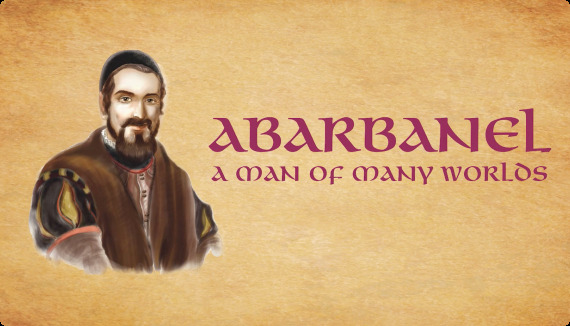We are currently in the midst of the weeks of mourning that mark the commemoration of the destruction of the two Temples in Jerusalem and the loss of Jewish sovereignty in the Land of Israel. Today there are grief counselors who help us survive times of tragedy mourning. However, in Jewish history and tradition, ritual, poetry and public worship services served to be most effective. The purpose of mourning as defined in Jewish thought and halacha is at one and the same time to recall and assimilate within one's self the loss and yet to allow one to move forward in life in spite of that loss. Regarding the personal tragedy of death in one's own family, Jewish tradition prescribes three distinct periods or stages of mourning. The first is shiva - a seven-day period of intense mourning, sitting on the floor or on a low stool, remaining unshaven and unwashed. The bereaved does not leave the house but is comforted by others who come to console. It is a period of catharsis for the bereaved who shares one's sense of grief and loss with others. The shiva is then followed by the period of shloshim - the completion of the first month of mourning after the loss of the beloved one. A more normal lifestyle is then resumed and the bereaved returns to society, though entertainment, hair cutting and shaving are still restricted. If one is mourning the loss of a parent then a twelve-month period of mooning (which includes the first month of shloshim) ensues. Refraining from attendance at places of public entertainment is the usual restriction during this time. Thus when the year of mourning has ended the bereaved has been eased back into general society and the continuation of productive life and activity.
This same general pattern is followed - though in reverse order - in regard to the observance of the period of mourning regarding the commemoration of the destruction of our two holy Temples. The period of time from the fast day of the seventeenth of Tamuz until the first of Av corresponds roughly to the state of the twelve month period of mourning over the loss of a parent. During this period of time, no weddings take place and many Jews (especially Ashkenazim) remain unshaven. Beginning with the Rosh Chodesh Av, (or for the Sephardim, the week that contains the Ninth of Av itself) the mourning is intensified to the level of shloshim and restrictions on eating meat or drinking wine (except on Shabat) are also imposed. The final and most intense period of mourning is on the fast day of the Ninth if Av itself, when leather shoes are not worn, we sit on the ground and the mournful dirge of the book of Eichah/Lamentations is read in the synagogue. A collection of classical Jewish poetry dealing with the destruction of the Temples and the exile of Israel from its ancestral homeland is recited and studied for hours in the synagogue on the morning of the Ninth of Av. The degrees of the intensity of the different time periods of mooning - both national and personal - are the hallmarks of the Jewish approach towards mourning and eventual consolation. Grief needs time to seep out of our system and psyche. As with so many other life-cycle events, Judaism deals with mourning in a systematic, structured and ritual laden manner. The experience of millennia of applying such an approach to grief and mourning has proven itself most effective, beneficial and worthy.
The current State of Israel, its revived Hebrew language, the ingathering of Jews from all of the far reaches of the world, have all been made possible thanks to the mourning process of the Jews. If it were not for the sense of memory and loss and the concomitant determination to build and revive the people of Israel and the Land of Israel that the period of mourning culminating in the Ninth of Av has engendered within us, there could not have been the possibility of any national revival in Jewish life. In an uncanny way, it is the fast day of Tisha B'Av that guaranteed and in effect created the possibility of a Yom Haatzmaut. The future of Israel can only be built and solidified on the basis of the memory of the past. National Jewish life is built and solidified solely on the presence of national memory, on feeling our loss and on and yet to attempt to move on and persevere and triumph in spite of that deep sense of grief and loss. This period of mourning on the Jewish calendar should therefore also serve to strengthen our resolve and guide us from strength to strength.
Berel Wein



